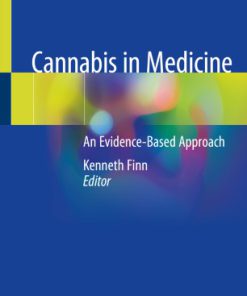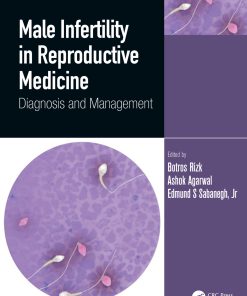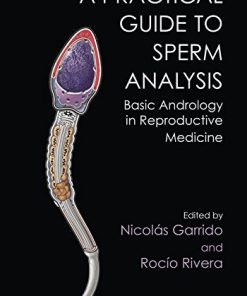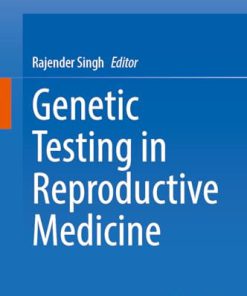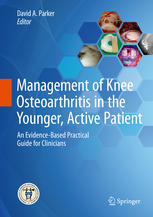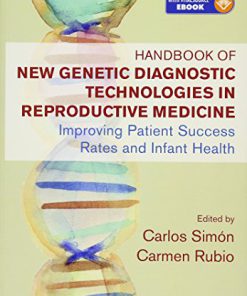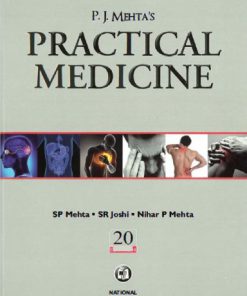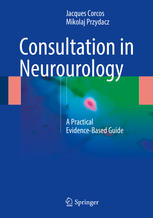Practical Patient Management in Reproductive Medicine Evidence and Experience Based Guidance 1st edition by David Cahill 0429812811 9780429812811
$50.00 Original price was: $50.00.$25.00Current price is: $25.00.
Practical Patient Management in Reproductive Medicine: Evidence- and Experience-Based Guidance 1st edition by David J. Cahill – Ebook PDF Instant Download/DeliveryISBN: 0429812811, 9780429812811
Full download Practical Patient Management in Reproductive Medicine: Evidence- and Experience-Based Guidance 1st edition after payment.
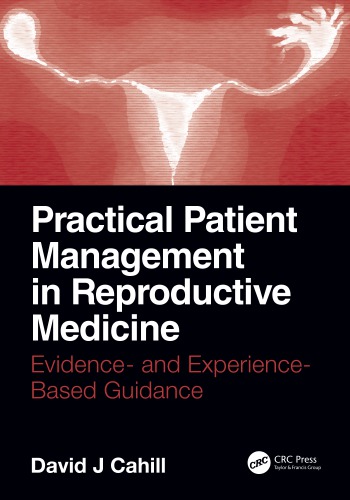
Product details:
ISBN-10 : 0429812811
ISBN-13 : 9780429812811
Author: David J. Cahill
This text will provide doctors both in training and in practice with useful advice on managing women and men who are having trouble conceiving and couples with infertility and related disorders. Its combination of scientific information and practical advice for tackling problematic cases make this an accessible handy reference in outpatient clinics or in revision for professional exams, as well as a fully referenced information resource. Contents: Glossary of terms * Problems with puberty and its onset * Understanding infertility * Investigations in infertility * Influencing the sperm count * Helping women to ovulate * Damage to the uterus, the fallopian tubes and the ovaries * What to do if nothing wrong can be found and how to answer when a couple asks ‘what can we do to improve our fertility?’ *Assisted conception * Preserving fertility * Global perspectives on reproductive medicine * Reproductive biology in one other great ape (the gorilla) * Research questions still unanswered – And further reading
Practical Patient Management in Reproductive Medicine: Evidence- and Experience-Based Guidance 1st Table of contents:
1. Problems with puberty and its onset
Overview
Definitions
Numbers
Conclusion
1.1 How does puberty happen?
1.2 Precocious puberty
1.3 Delayed puberty
1.4 Disorders of puberty causing reproductive problems
1.5 Summary
References
2. Understanding infertility
OVERVIEW
Definitions
Prevalence/Incidence
2.1 Factors affecting the ability to conceive
2.2 Diagnostic categories
2.3 Barriers to seeking advice?
2.4 Is infertility on the rise?
2.5 Summary
References
3. Investigations in infertility
Overview
3.1 Consultations
3.2 The first appointment
3.3 Initial investigations: For the woman
3.4 INITIAL investigations: For the man
3.5 Further consultation and investigations
3.6 Consultation to decide diagnosis and discuss treatment
3.7 Treatment options in outline (more details in Chapters 4–7)
3.8 Counselling
3.9 Case study with a commentary
3.10 Summary
References
4. Influencing the sperm count
Overview
4.1 Semen analysis: Descriptors and methods of comparison
4.2 Causes of low values on semen analysis
4.3 Hormonal stimuli leading to sperm production
4.4 Sperm transport and conditions where it is impaired
4.5 Chemical inhibitors and lifestyle choices: Effect on sperm production
4.6 Treatments
4.7 Overcoming male reluctance/refusal to have a sperm count
4.8 Case presentations and commentary
4.9 Summary
References
5. Helping women to ovulate
Overview
5.1 Women whose periods are absent or very infrequent
5.2 What are the categories of ovulation disorders?
5.3 What are the approaches to treatment?
5.4 How effective are the different treatments?
5.5 How they all work together
5.6 Clinical conditions which can affect ovulation
5.7 Case studies
5.8 Summary
Appendix: Physiology of ovulation
5A.1 Follicular recruitment and development
5A.2 Working towards ovulation
5A.3 Summary
References
6. Damage to the uterus, the fallopian tubes and the ovaries
OVERVIEW
6.1 The uterus
6.2 Uterine fibroids
6.3 Intrauterine adhesions and polyps
6.4 Proximal and distal inner tubal damage
6.5 Adhesions around the tube and ovary
6.6 Case history
6.7 Summary
References
7. What to do if nothing wrong can be found and how to answer when a couple asks ‘what can we do to improve our fertility?’
Overview
7.1 Making the diagnosis of unexplained infertility
7.2 Management and treatment of unexplained infertility
7.3 Role of alternative and complementary therapies
7.4 Stress and its impact on fertility
7.5 Lifestyle choices which affect fertility
7.6 Case study
7.7 Summary
References
8. Assisted conception
Overview
8.1 Introduction
8.2 In Vitro Fertilisation: It’s complex!
8.3 What is appropriate when?
8.4 The range of treatment options
8.5 Additional elements to the process of in vitro fertilisation and embryo transfer
8.6 At what cost?
8.7 Risks and complications
8.8 Case study
8.9 Summary
References
9. Preserving fertility
Overview
9.1 Medical indications for preserving fertility
9.2 Women, men, adolescents
9.3 Pregnancy after cancer treatment
9.4 Social indications for fertility preservation: What happens to fertility with increasing age?
9.5 Summary
References
10. Global perspectives on reproductive medicine
OVERVIEW
10.1 What do we know about infertility across the globe?
10.2 Attitudes of the major world religions towards infertility and assisted conception
10.3 PLANNING CARE WITH COUPLES TO INCORPORATE THEIR VALUES AND CULTURAL BACKGROUND
10.4 Reproductive medicine in different environments
10.5 Personal experience
10.6 Conclusion
References
11. Reproductive biology in one other great ape (the gorilla)
OVERVIEW
11.1 Grappling with physiology
11.2 Summary
References
12. Research questions still unanswered – And further reading
Questions arising from the text of this book that have not been fully addressed (not exclusive)
People also search for Practical Patient Management in Reproductive Medicine: Evidence- and Experience-Based Guidance 1st:
what is practical care
practical management
practical management of pain
practical healthcare management
practical pain management journal
Tags: Practical Patient, Management, Reproductive Medicine, Evidence, Experience Based, David Cahill
You may also like…
Medicine - Pharmacology
Cannabis in Medicine An Evidence Based Approach Kenneth Finn
Medicine
Male Infertility in Reproductive Medicine: Diagnosis and Management 1st Edition Botros Rizk (Editor)
Medicine
Smith’s Patient Centered Interviewing: An Evidence-Based Method Auguste 1259644634 9781259644634




